While a home spa day may not be your immediate priority, it is okay to find tranquility within the confines of a cosmetic routine. Unquestionably, an indoor home spa is an excellent addition to your house. When you have it, you may relax for as long as you want and whenever you want.
Customize the theme of your home spa in a variety of ways. A home spa is sure to become a favorite spot for any homeowner who enjoys some downtime, whether it’s modest spa-inspired components in bathrooms or an entire room dedicated to relaxing with full-on spa equipment.
Here is a step-by-step guide to assist you in designing the ideal home spa for your specific needs:
1. Install An Indoor Hot Tub
Indoor hot tubs can be integrated into new construction or added to existing homes. Before installing one in your home, consider everything from the walls to the floors. It’s also best to consult with a certified builder or architect. While most hot tubs are built outdoors, some owners opt to install theirs within the four corners of their house for privacy. Additionally, if you’re making a new room, ensure sufficient space for the spa to operate. Install it before completing the final wall. Here are some of the things you need to consider when building an indoor hot tub:
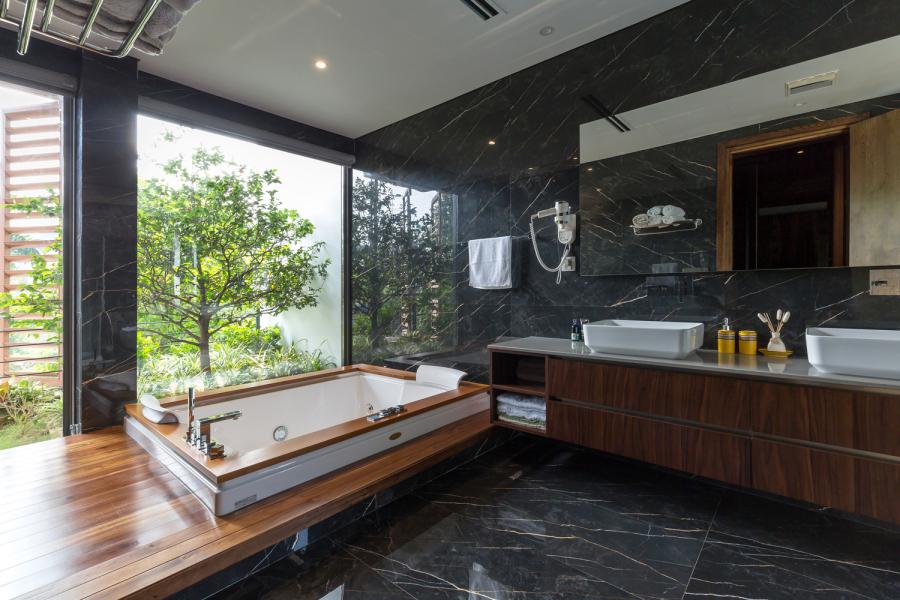
- Consider The Space
Consider the location and the available area before buying that 6 person hot tub you’ve been eyeing. If space and budget are no constraints, you can construct a unique spa area that exudes serenity and tranquility. Wood is an excellent material for infusing a place with warmth and a friendly look. Additionally, you can light scented candles throughout the room to set the tone for a pleasant swim.
If you lack the space to dedicate a separate area to your hot tub, you can install it in your bathroom. Numerous advantages exist for placing a spa unit indoors. It’s much easier to maintain, and you can swim on even the coldest winter days. Consider the direction and positioning of the hot tub, as well as the available space. It’s preferable to have a smaller unit with a beautiful view than a large model with a blank wall.
- Meet The Required Flooring
The floor area where your indoor hot tub is will be prone to splash with water daily. Indeed, you should choose non-slippery flooring to avoid any form of accident. Avoid carpeting, which traps moisture and contributes to rot and wood flooring, which can warp and decay.
- Check Proper Drainage
When you possess a hot tub, water splashing on the floor or ground is unavoidable. The water circulates as you enter and exit the spa and as you move around the corner. Even at maximum power, a jet can generate a small amount of spray. However, you do not want water to damage the flooring in the area surrounding your indoor hot tub.
Consider the style of flooring and drainage before constructing your hot tub. Take into consideration installing a floor drain if your indoor hot tub is being built or modified as part of a larger project. It will protect your spa’s flooring and make it more fun to use.
- Install Appropriate Ventilation
The hot tub’s greater temperature, combined with the spa’s water, may cause the inner room to become moist. Moisture in the air may wreak havoc on your home’s paint, drywall, and other decorative features. Additional ventilation is good to have in indoor hot tub rooms. Investing in a quality ventilation system might assist you in avoiding excess moisture or odors in the room.
When it comes to purchasing a hot tub, exhaust fans are an excellent substitute. These fans extract steam and moisture from the room, thereby preventing mold growth and water damage. When shopping for exhaust fans, seek those that are relatively quiet and resistant to rust. Ascertain that the exhaust fan includes a timer and thermostat so that you can monitor the space’s humidity levels.
Using a ceiling fan to cool the room after using the tub is also an efficient technique to cool the space swiftly. Additionally, ceiling fans circulate the air, which helps keep those utilizing the hot tub pleasant.
2. Include A Steam Shower
Steam showers for the home are entirely enclosed enclosures that you can build in any location where you would typically install a bathtub or shower. They create a heated mist using a humidifying steam generator and have controls on the shower’s wall panel for adjusting the temperature and flow of the steam.

When steam showers are sealed; heat and moisture will not damage the paint, paper, or walls in a bathroom. It eliminates the need for venting, as the condensed water drops into the unit’s floor when the sealed steam shower cools.
Steam showers are available as modular systems with a range of pre-bundled option packages, or homeowners can combine and match individual components to create their personalized unit. Showers with seals and equipped with the essential elements can be transformed into steam showers.
3. Consider A Luxurious Bathtub
A beautiful and comfortable bathtub is a must-have for a home spa, as it imparts an impression of refinement and luxury to the room. When positioned near a window, an under-mount bathtub provides a great perspective of the surrounding area.

The second choice is a free-standing bathtub; these tubs offer many benefits and have grown in popularity in recent years. Due to their independence, they create the illusion of a larger, more spacious room. A luxury tub is essential, and there are various options available.
4. Add More Sources Of Warmth
Nothing beats using a warm towel over your body as you exit the tub or shower and feeling the heated floors under your feet. You can use wall-mounted radiator/towel warmers to increase the room’s warmth. Another low-cost option for improving the richness of your bathroom is radiant heat floors. You can achieve this using an electrical grid or water hoses.
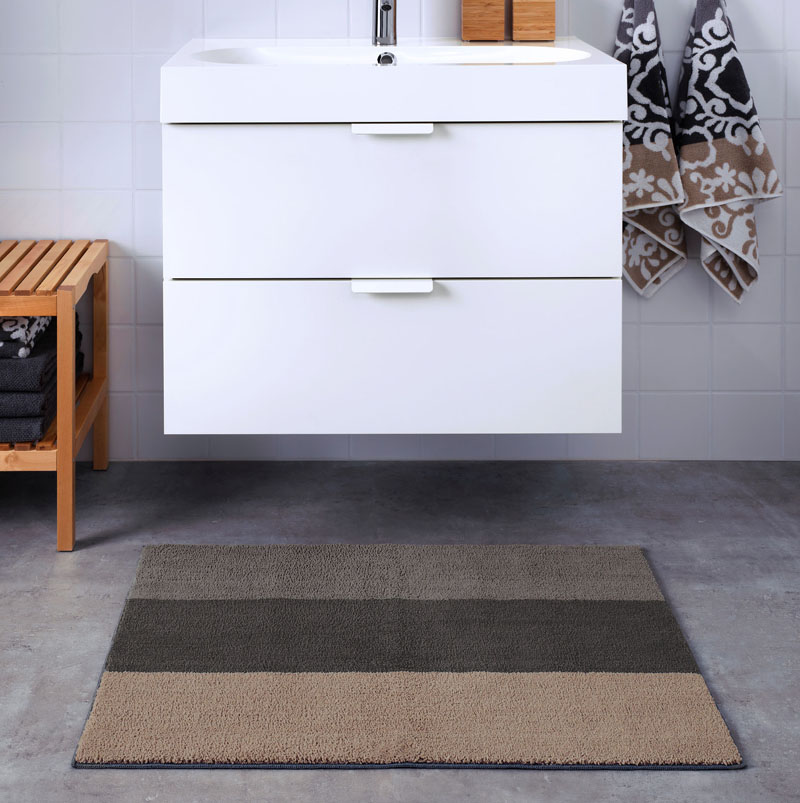
Water hoses are the more environmentally friendly alternative for the heated floor if you’re starting from scratch. Using a remote control can activate the floor heating when your alarm sounds and you walk to the bathroom. If you want the most affordable option, switch from a thin to a plush bath mat to warm the floor.
Speaking of heating solutions, Vertical Radiators UK offers a wide range of stylish and efficient radiators. Their vertical radiators not only save space but also deliver a high heat output, making them an excellent choice for any bathroom. With their sleek design and superior functionality, these radiators can enhance the comfort and aesthetic appeal of your bathroom.
5. Add Storage And Entertainment
Consider the storage that must be readily accessible, as well as the space required for the hot tub and its accessibility. Allow for the construction of cupboards and storage to accommodate towels and chemicals when planning a new room. Alternatively, if you’re repurposing an existing space, ensure that it has sufficient capacity for these goods.
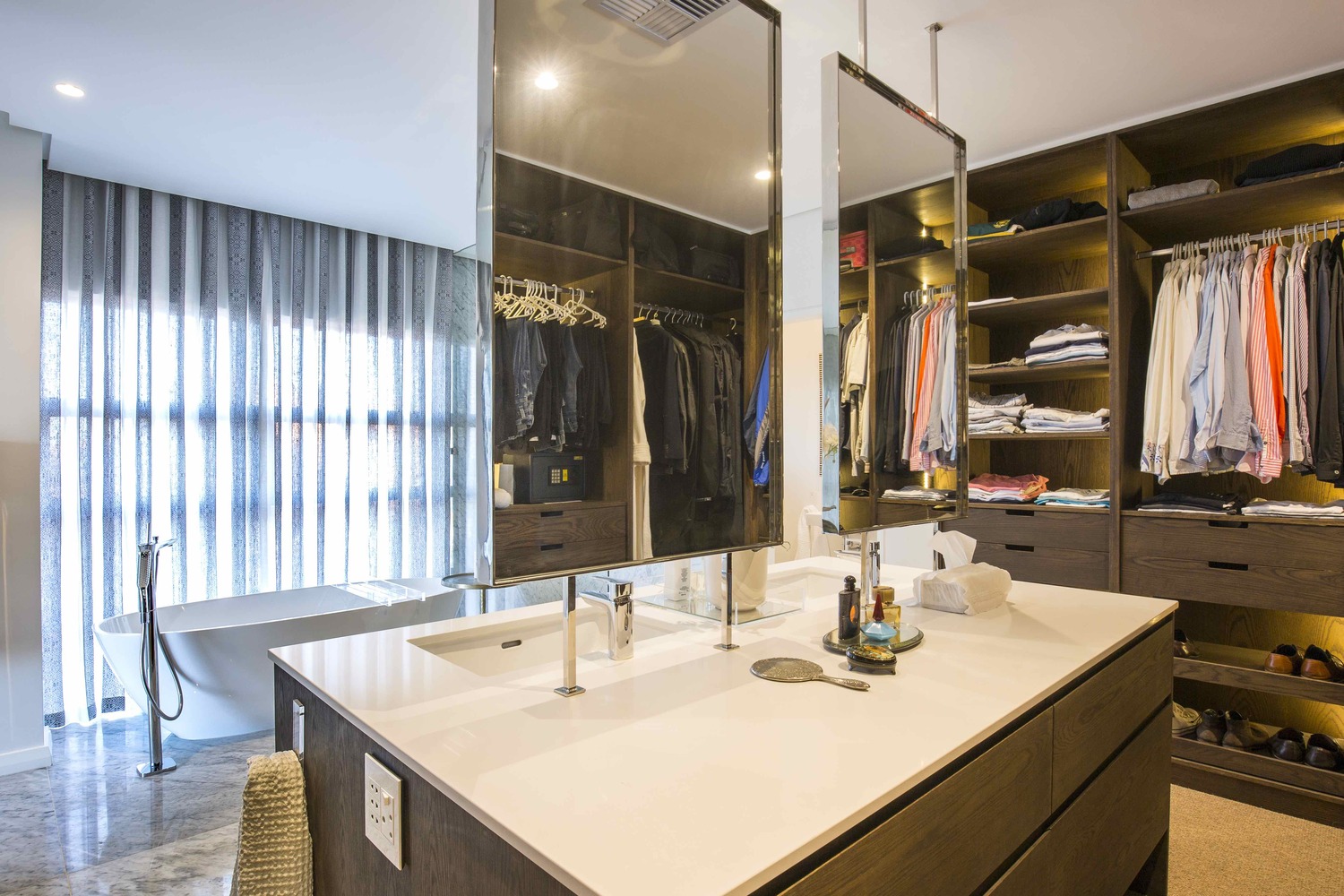
If you currently work with a custom cabinet builder for your kitchen and bathrooms, they may incorporate spa cabinetry into the design, allowing you to use the same wood, paint, and hardware choices.
While you unwind in your new spa, an in-room television or stereo system may provide entertainment. While installing these items, your builder or electrician should exercise caution to avoid exposing any wiring or cables to water.
6. Consider Using Relaxing Colors In Your Design
Lighting and color play a crucial role in achieving the desired soothing effect. Light therapy may be beneficial if you or someone in your family suffers from a Seasonal Affective Disorder (SAD). If you’re going to install the spa in your basement, ensure sufficient natural light. Increase natural light by adding skylights or windows.
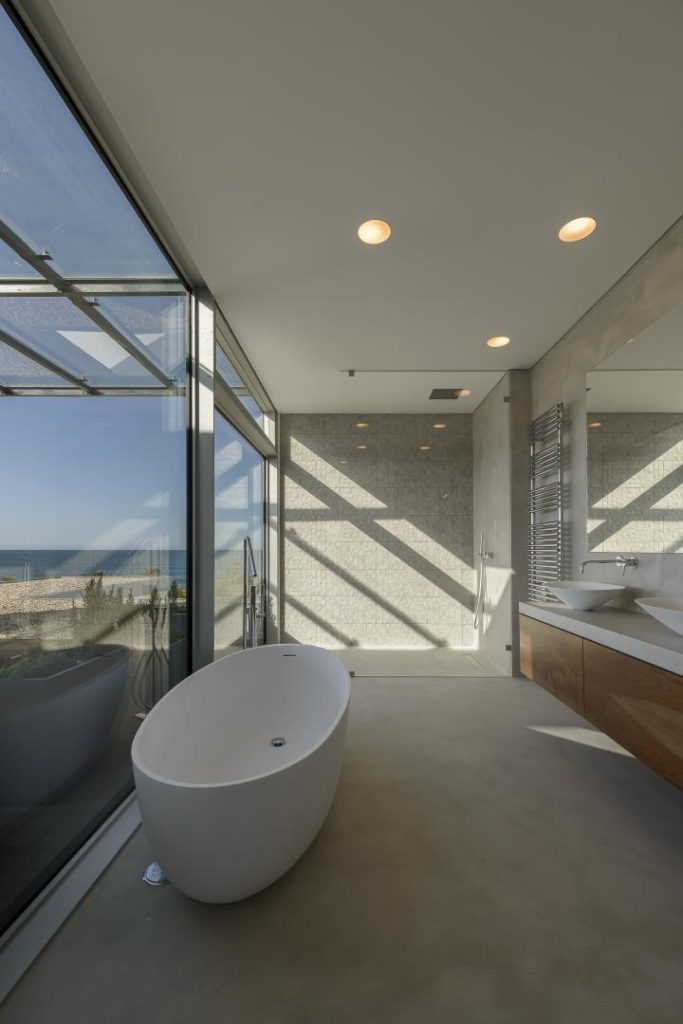
Additionally, color contributes significant ambiance and might affect your mood and well-being. For instance, white is a symbol of innocence and purity. To create a more peaceful aura, choose soothing colors such as green and blue for your spa’s surroundings.
7. Incorporate Organic Elements
Wood is one of the few materials known to induce calm and ease in the psyche. Wood can be incorporated into a spa bathroom. Furthermore, contrary to popular belief, wood can be put in moist locations if waterproofed and maintained appropriately. Wood is versatile and works for flooring, ceiling lining, and wall covering. Additionally, you can use the material to construct decking, cupboards, shelves, niches, and decorative items.
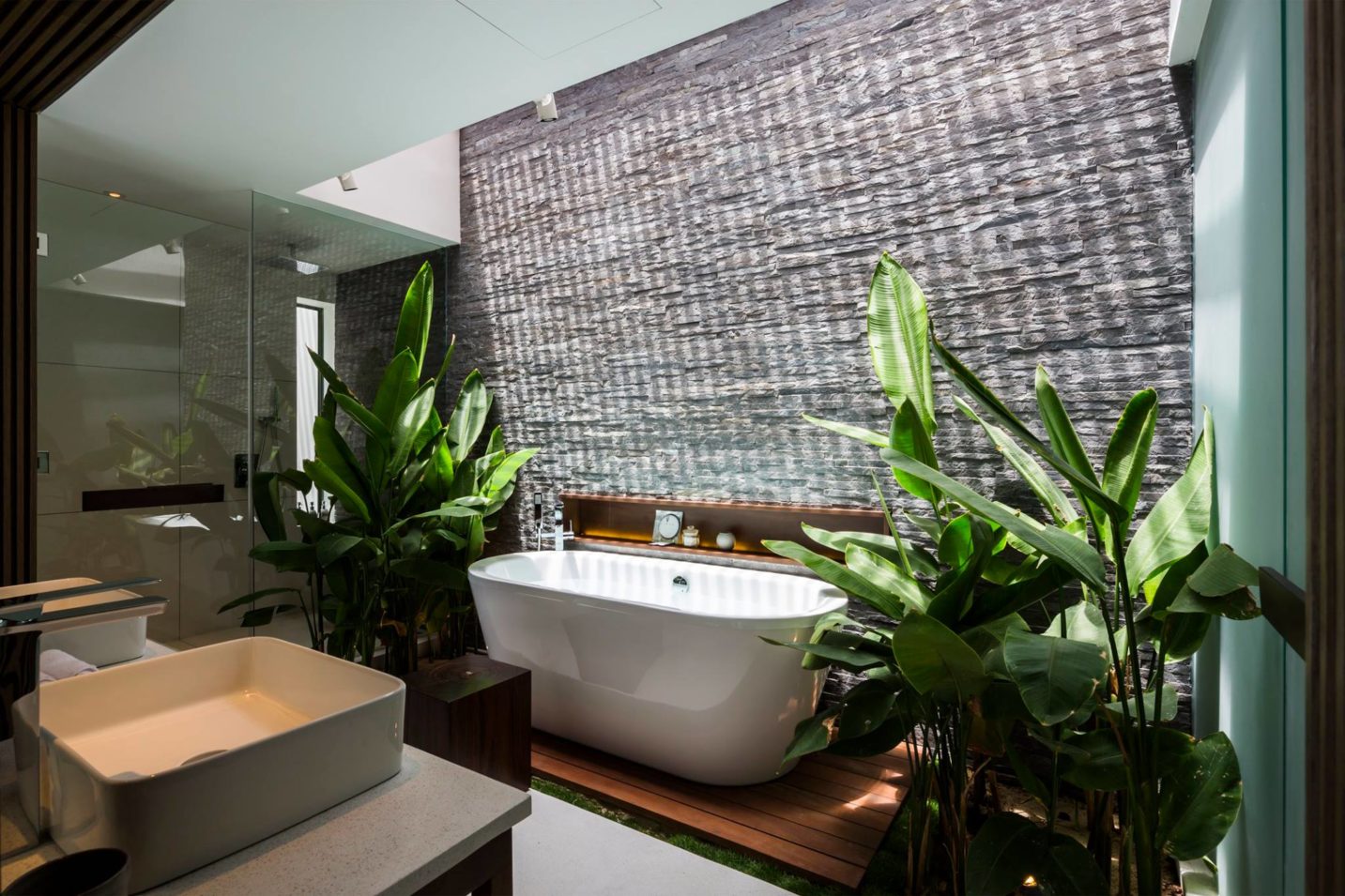
Plants also play a significant role in the design of a spa bathroom. They impart a sensation of vitality while also aiding in the purification of the atmosphere. Certain species, such as holy grass, emit a lovely smell when they contact the steam from the shower.
8. Use Decorative Accents
The atmosphere’s sentiments play a critical role in accomplishing the spa bathroom’s relaxation and calm. One suggestion is to invest in an aromatic diffuser filled with herbs and flower essences.
Another excellent suggestion is to use candles to create a more inviting atmosphere. Even great if they are fragrant. You can still bet on crystals and other stones that supply natural energy to the surrounding environment in addition to being aesthetic.
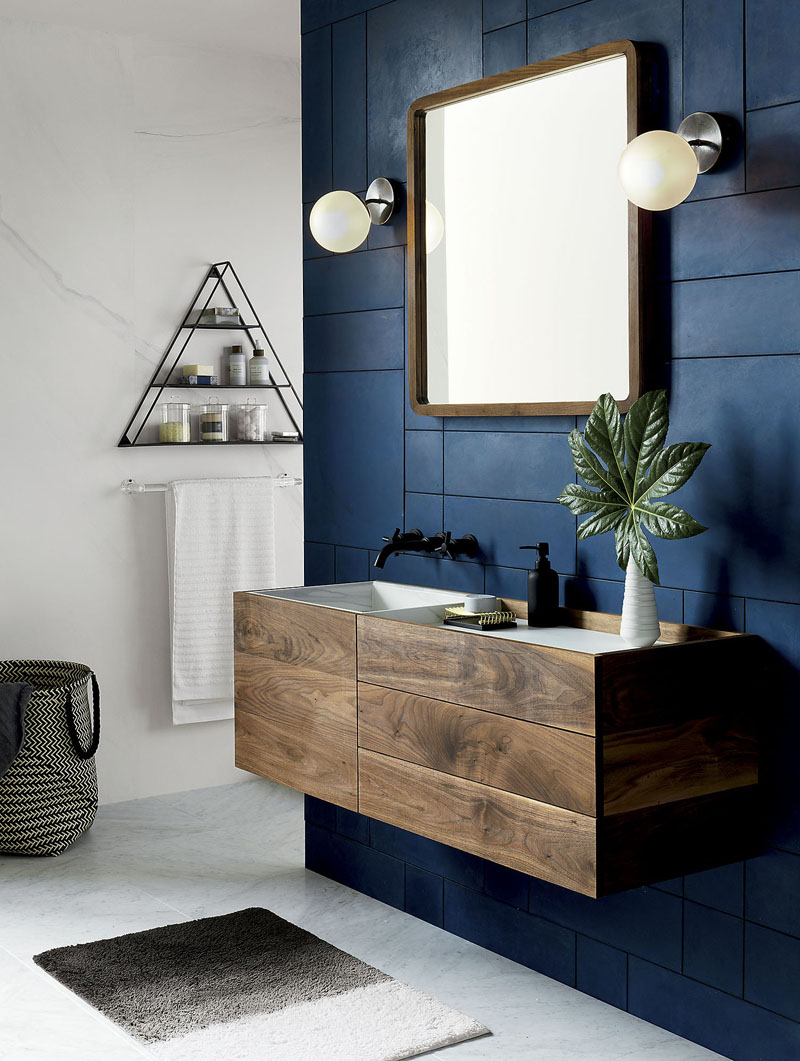
Takeaway
A home spa is a substantial investment that requires meticulous planning and design. Because each project is unique, there is no such thing as a one-size-fits-all solution. To develop a home spa design that is ideal for your lifestyle, follow the procedures outlined above. With the appropriate planning, you can have a relaxing spa day in the comfort of your own home in no time.






